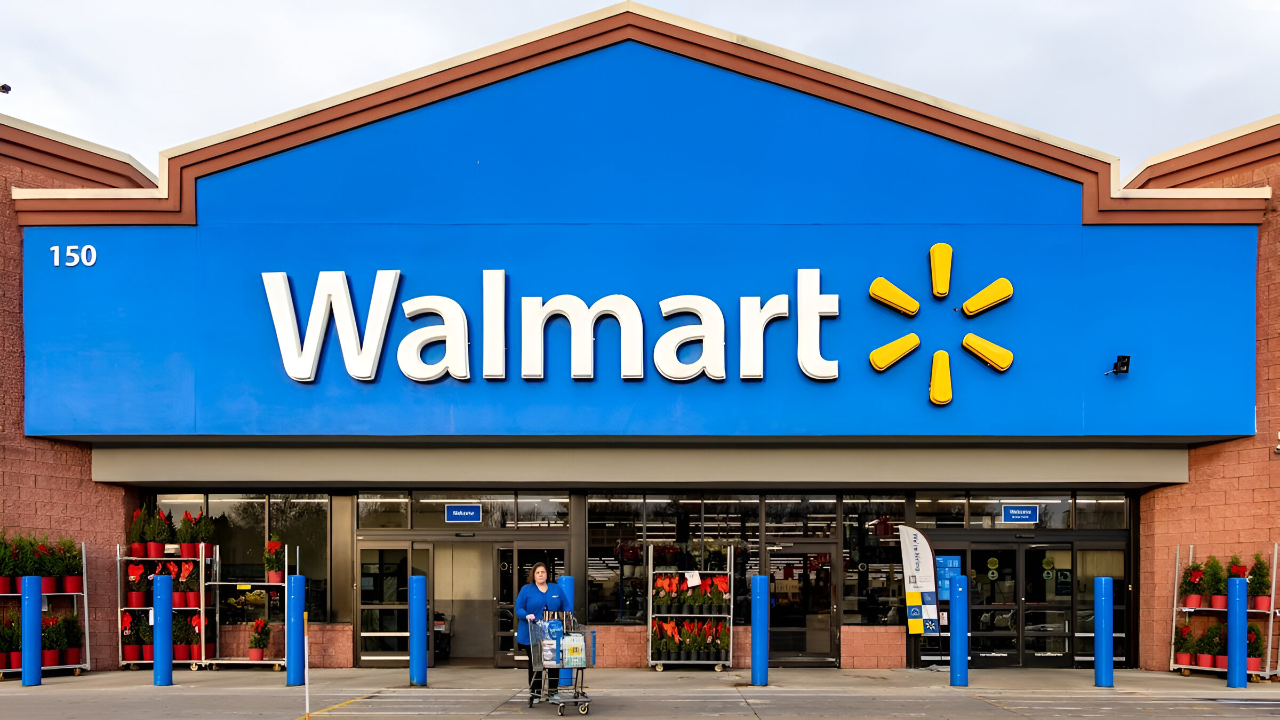
Walmart has embarked on a groundbreaking initiative by deploying a staggering 90 million new sensors across its U.S. stores and distribution centers. Dubbed the most extensive Internet of Things (IoT) rollout in retail history, this ambitious project aims to revolutionize how products are monitored and managed on a national scale.
As the most significant tech rollout in the sector, industry experts are keenly observing Walmart’s next steps. With the integration of these sensors, Walmart is not just enhancing its supply chain capabilities but also laying the groundwork for an unprecedented level of operational efficiency and inventory management.
Stakes Rise

The implications of Walmart’s sensor deployment are immense, as the company operates over 4,600 stores and more than 40 distribution centers across the country. With annual sales reaching billions, even minute improvements in efficiency can yield substantial savings.
This strategic investment in battery-free IoT sensors signifies a significant shift in Walmart’s approach to retail technology. Each sensor plays a crucial role in streamlining operations, from supply chain logistics to customer service interactions, providing Walmart with a competitive edge in an increasingly technology-driven market.
Retail Tech Roots
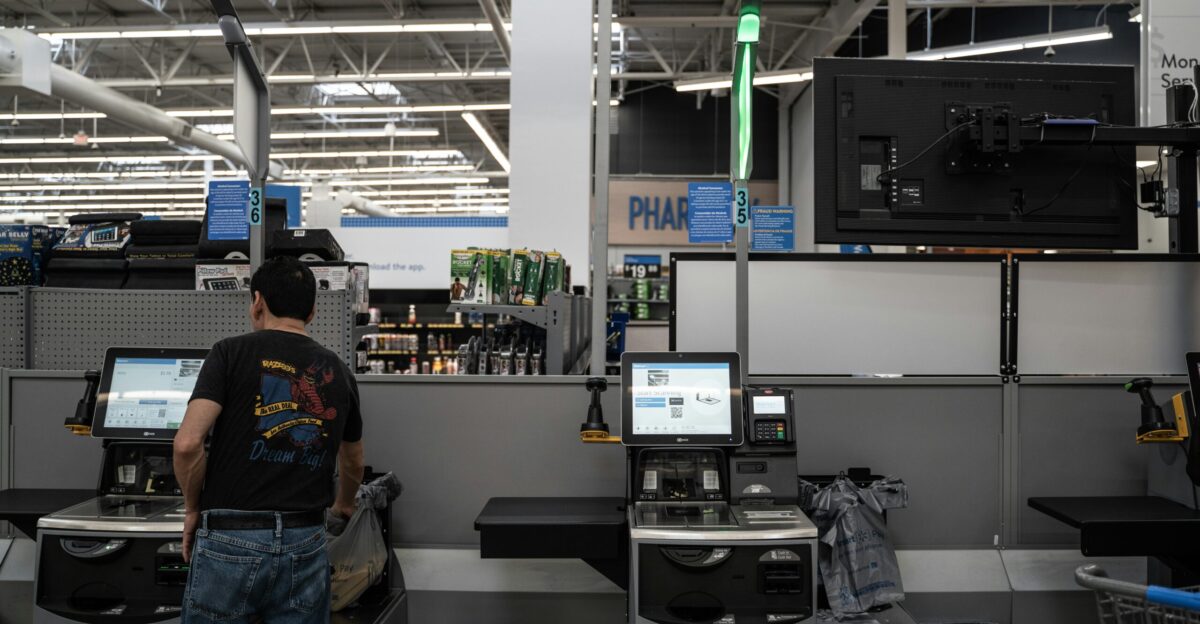
Walmart’s venture into advanced supply chain technology isn’t entirely new; it dates back to its adoption of RFID tags in 2004. However, those earlier efforts struggled due to high costs and limitations in scalability. The deployment of contemporary ambient IoT sensors marks a turning point these devices are not just more cost-effective but also more versatile.
This new technology marks the beginning of an era of real-time inventory management, enabling Walmart to respond rapidly to customer needs and operational challenges, while creating a seamless shopping experience and reducing the risk of stockouts.
Pressure to Modernize
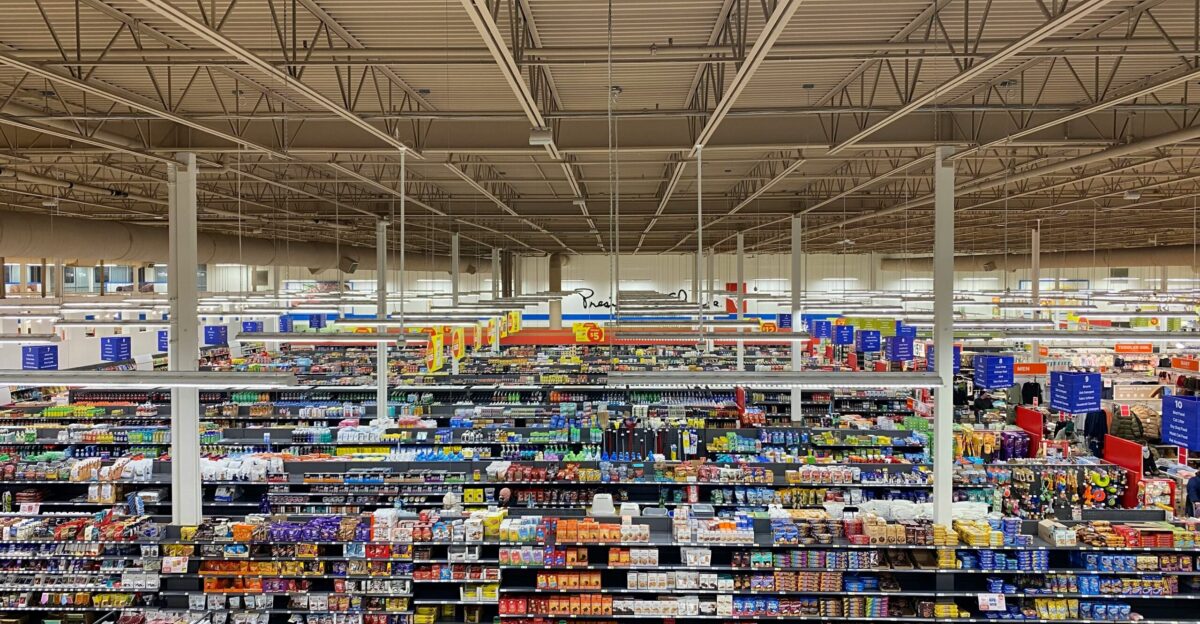
Recent disruptions in supply chains have underscored the critical need for real-time inventory tracking among major retailers. Outdated data projections have led to empty shelves and lost sales, which prompted urgent calls for modernization.
Walmart’s leadership, notably Greg Cathey, Senior Vice President of Transformation and Innovation, recognized the potential of new technology to enhance operational visibility. This need for improved tracking capabilities has pushed Walmart to invest heavily in IoT sensors that promise to bridge the gap between traditional inventory management and modern demands.
The Big Reveal
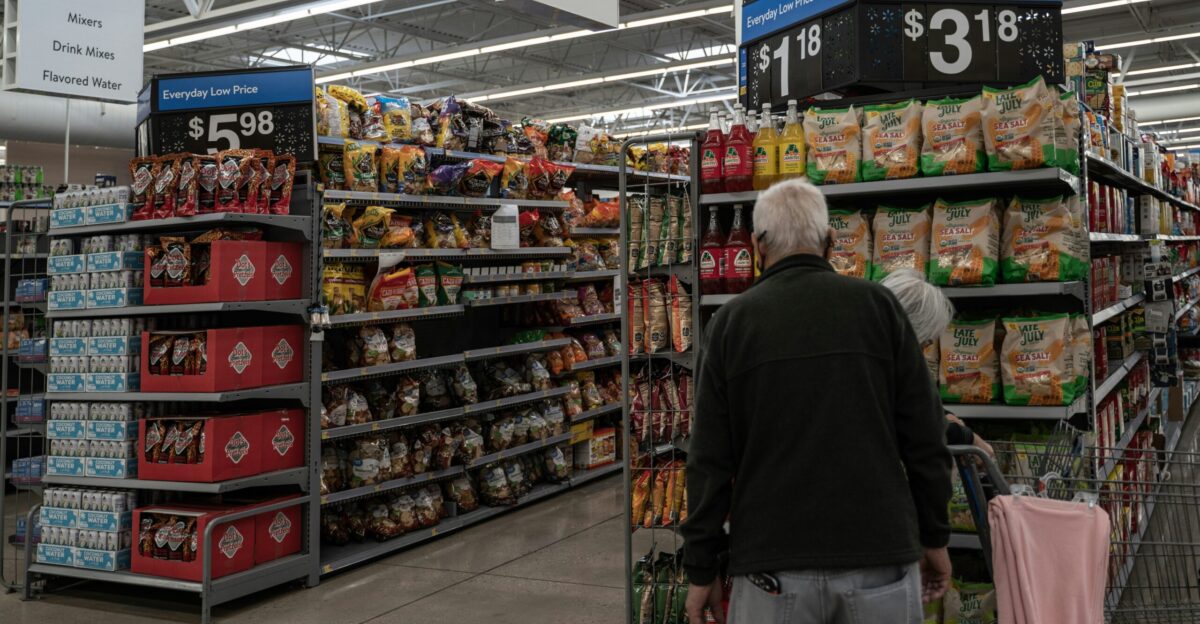
In an exciting collaboration with Israeli startup Wiliot, Walmart is set to roll out 90 million battery-free IoT sensors by the end of 2026. This comprehensive initiative will encompass all 4,600 U.S. Supercenters, Neighborhood Markets, and over 40 distribution centers.
Notably, by late 2025, 500 locations are anticipated to be operational with these sensors, marking a significant step toward transforming Walmart’s supply chain. This ambitious rollout underscores Walmart’s commitment to modernizing its infrastructure and leveraging technology to drive efficiencies and enhance customer experiences nationwide.
Local Impact
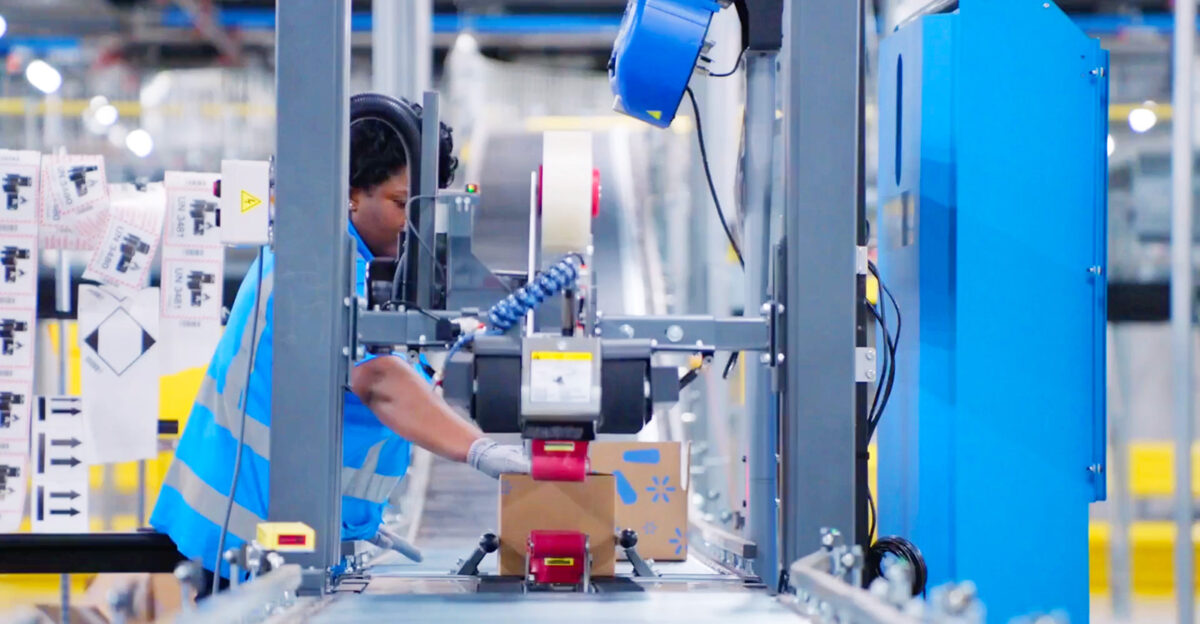
The initial phase of Walmart’s sensor deployment is already making waves, with 500 Walmart sites across the U.S. currently engaged in this rollout. These locations span both urban and rural settings, as well as critical distribution hubs.
As Walmart anticipates full national coverage by the end of 2026, this initiative is poised to transform operations across various regions fundamentally. The localized impact can be substantial, as employees and customers alike will experience firsthand the benefits of real-time data on inventory and supply chain efficiency, ultimately improving service delivery.
Human Element
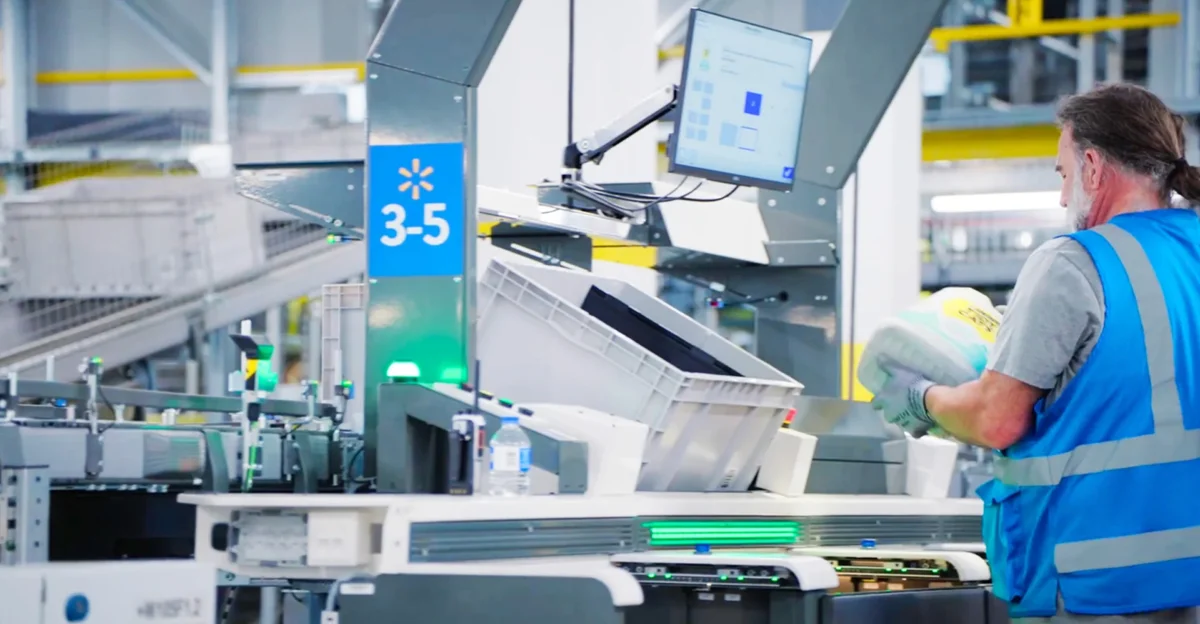
On the ground, Walmart associates are already experiencing significant changes due to the new sensor technology. Manual inventory checks have become a thing of the past as automated alerts now streamline processes. “We’re spending less time hunting for missing pallets,” said one associate, reflecting the shift in focus toward enhancing customer service.
As a result, customers may soon notice improved product availability across the store, bridging the gap between technology and human interaction within retail. This transformation exemplifies how technology can elevate the shopping experience while empowering employees.
Competitor Pressure
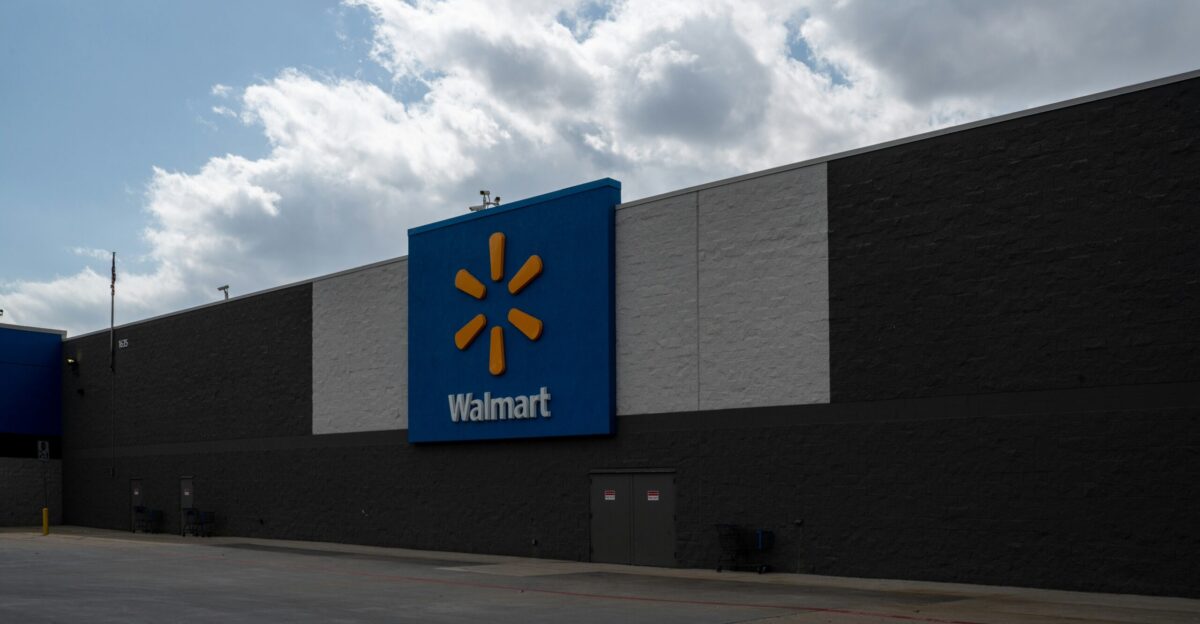
Walmart’s bold move is likely to spur a wave of similar technological investments across the retail sector. Industry analysts assert that competitors like Target and Kroger will now face mounting pressure to adopt similar IoT solutions. Failing to do so could jeopardize their operational efficiency and customer satisfaction in comparison to Walmart’s responsive new system.
As retailers strive to meet customer expectations in an increasingly digital marketplace, Walmart’s investment sets a new benchmark, pushing competitors to innovate or risk falling behind. The stakes for retail excellence are higher than ever.
Macro Trend
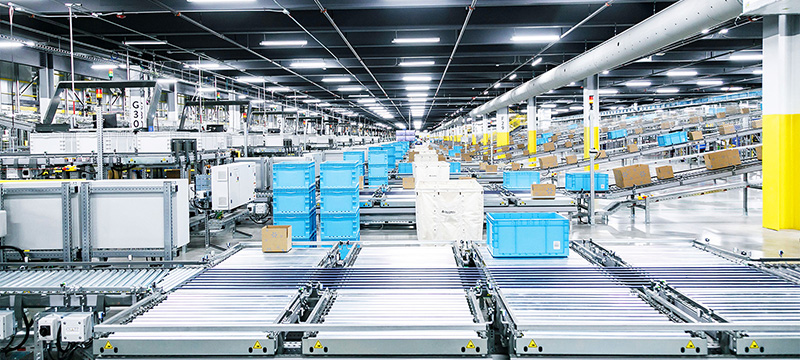
The retail landscape is rapidly evolving toward real-time, AI-driven supply chain management. Ambient IoT sensors, which capture energy from radio waves and light, provide a sustainable alternative to conventional battery-powered devices. This shift not only enhances operational efficiency but also aligns with broader environmental goals.
As Walmart leads this charge, it sets new standards for global retail operations, emphasizing the importance of technology in enhancing supply chain transparency and responsiveness while ensuring that businesses remain agile in meeting consumer demands.
AI Integration

A notable aspect of this initiative is the integration of data from the new sensors directly into Walmart’s AI systems. This connectivity facilitates precision in decision-making, allowing Walmart to transition from reliance on probabilistic forecasts to real-time, actionable insights.
This operational uplift represents a “God Mode” level of supply chain surveillance and control, enabling Walmart to effectively monitor inventory across vast networks. As the company strives for the ultimate in operational efficiency, this technological embrace exemplifies the future of retail supply chain management.
Internal Tensions

However, not all voices within Walmart are entirely convinced about this sweeping technological transition. Some managers express concerns regarding the reliability of the new systems at such a massive scale. Others debate whether the anticipated efficiency gains will ultimately justify the significant investment.
As such, Walmart is closely monitoring early results from pilot locations to gauge the effectiveness of IoT sensors. This level of skepticism underscores the complexities and challenges associated with integrating groundbreaking technology into established operational frameworks.
Leadership Spotlight

At the forefront of this technological rollout is Greg Cathey, Walmart’s senior vice president of transformation and innovation. Cathey emphasizes the critical need for continuous sensing and seamless integration of AI.
In collaboration with Wiliot, the company is navigating the challenges of scaling production while ensuring that performance and affordability are maintained. The leadership’s vision reflects a commitment to innovation and adaptation in an ever-evolving retail landscape, where agility and efficiency are paramount for success.
Strategic Recovery

Walmart’s overarching strategy aims to eliminate outdated manual inventory checks, significantly reducing labor costs while enhancing overall productivity. The implementation of automated alerts enables the real-time identification of issues, allowing for quicker restocking of shelves and minimizing lost sales opportunities.
This shift not only boosts operational efficiency but also ensures that customers enjoy a more consistent and reliable shopping experience. Walmart’s commitment to modern technology demonstrates its resolve to lead the charge in retail innovation and consumer satisfaction.
Expert Outlook
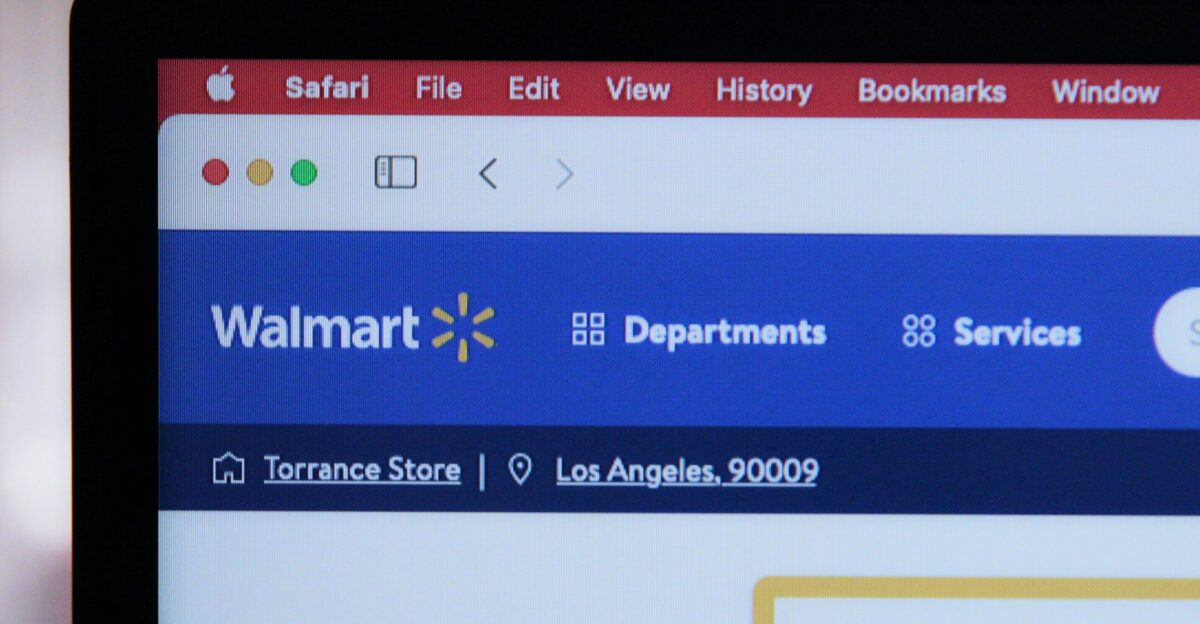
Industry analysts reflect on Walmart’s previous attempts to integrate RFID technology, which faltered due to prohibitively high costs. However, with the decreased expense of modern sensors and advancements in technology, the conditions may finally be ripe for success.
Bill Ray, a seasoned retail analyst, notes, “The question was never if the technology could deliver. Now, Wiliot must prove it can scale.” This optimism among experts signals a pivotal moment for retail transformation, marking a future where technology will significantly enhance supply chain dynamics.
Looking Forward
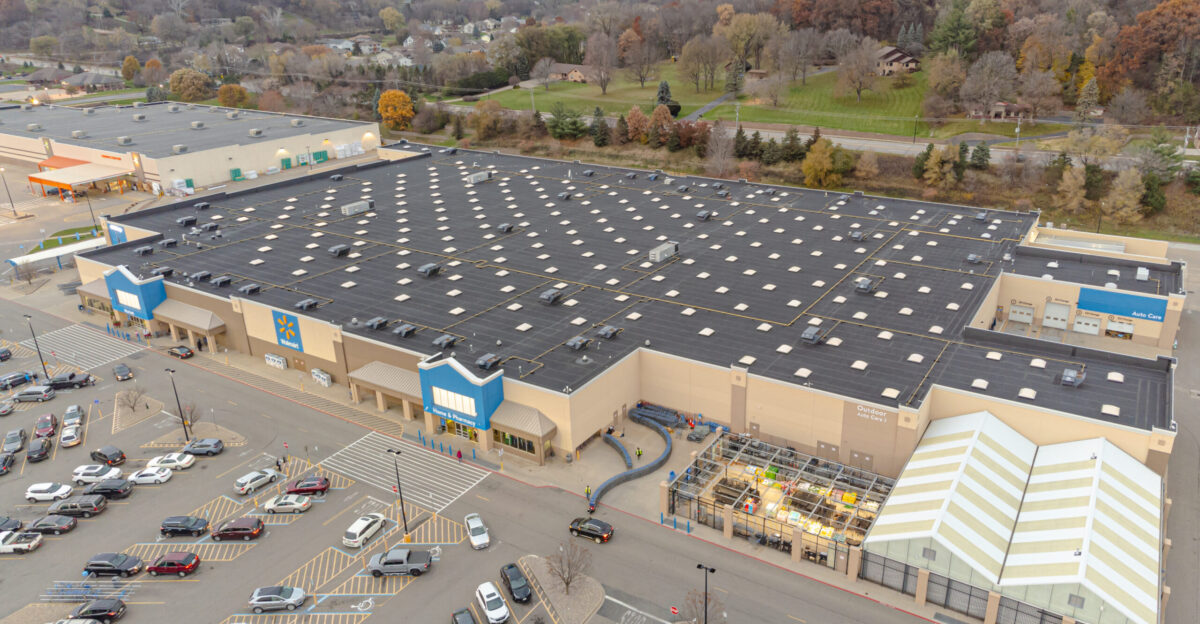
Looking ahead, Walmart’s ambitious sensor deployment may well redefine the retail industry’s operational standards. As the rollout progresses, consumers may begin to notice improved inventory levels and enhanced shopping experiences.
The anticipated efficiencies could also lead to potential cost savings that directly benefit customers. Walmart’s integration of cutting-edge technology signifies a commitment not only to adapt to market demands but also to lead the way in establishing a new era of retail excellence, where technology and consumer needs align harmoniously.
The Challenges Ahead
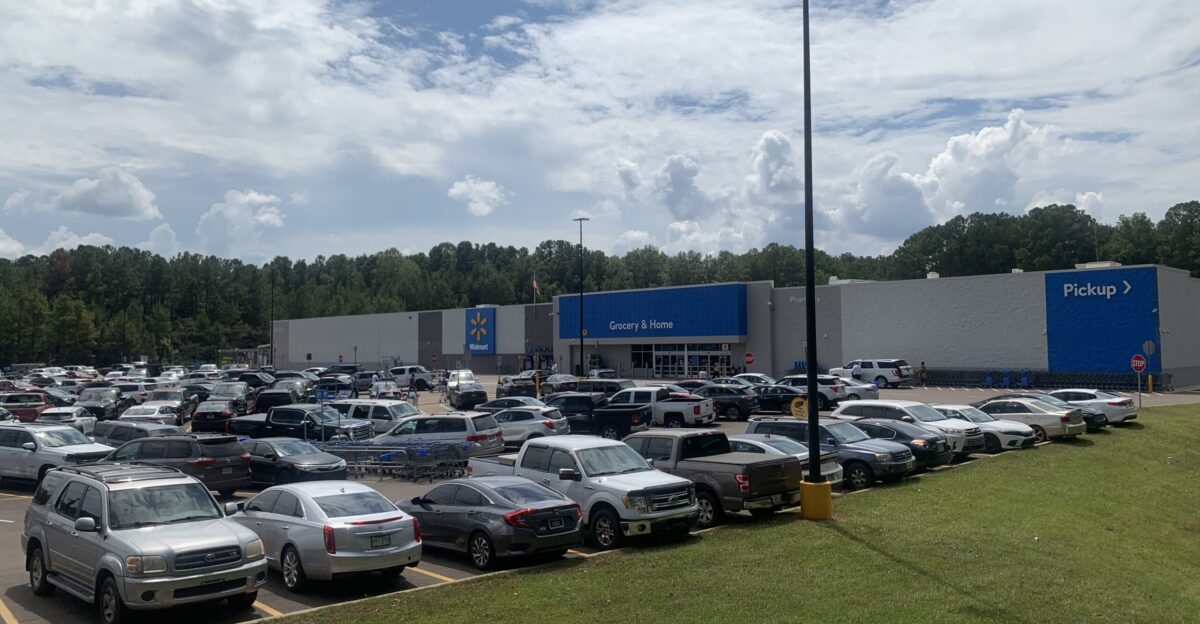
Despite the initial excitement, challenges are inevitable as Walmart navigates the complexities associated with this monumental sensor integration. Ensuring the durability and performance of the sensors over time, managing operational disruptions during the rollout, and addressing employee training needs are critical hurdles to overcome.
Walmart’s ability to anticipate and mitigate these challenges will be essential to the overall success of this initiative, reinforcing the importance of strategic planning in technological modernization efforts.
Competitor Reactions
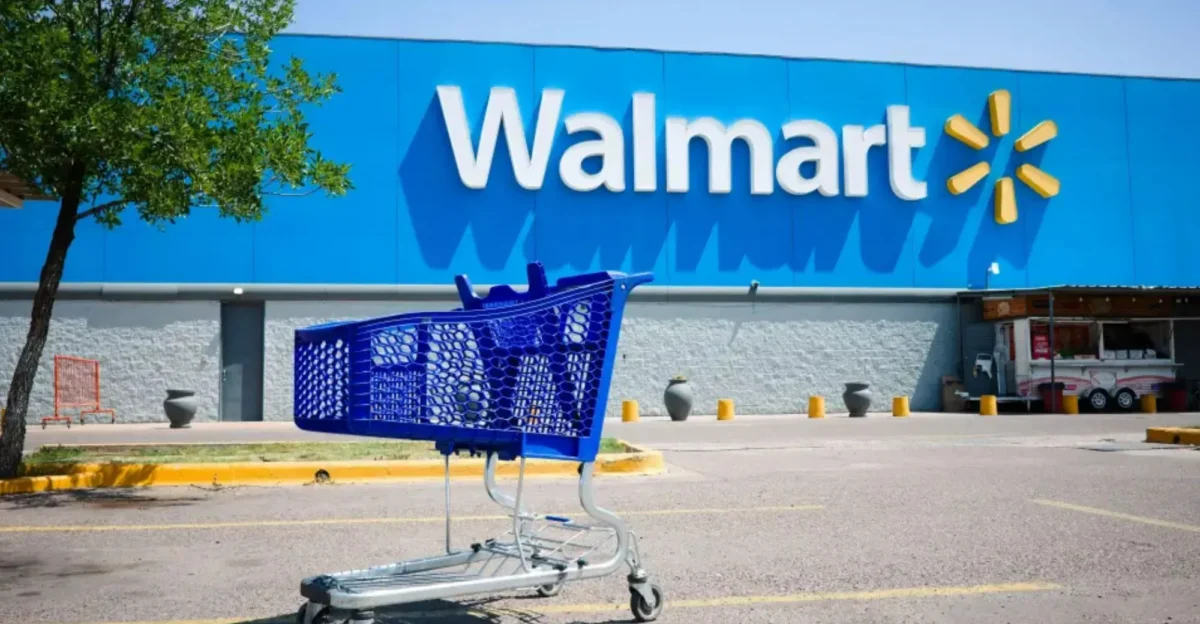
As Walmart leads this technological revolution, competitors closely monitor its developments and strategize their responses. Companies like Target and Kroger are considering their own tech investments while evaluating consumer reactions to the enhanced shopping experiences offered by Walmart.
The competitive landscape is evolving, and peer pressure within the sector could drive a rapid wave of technological upgrades, ultimately enhancing the retail experience nationwide. The stakes are high, and the need for innovation has never been more apparent.
Broader Implications
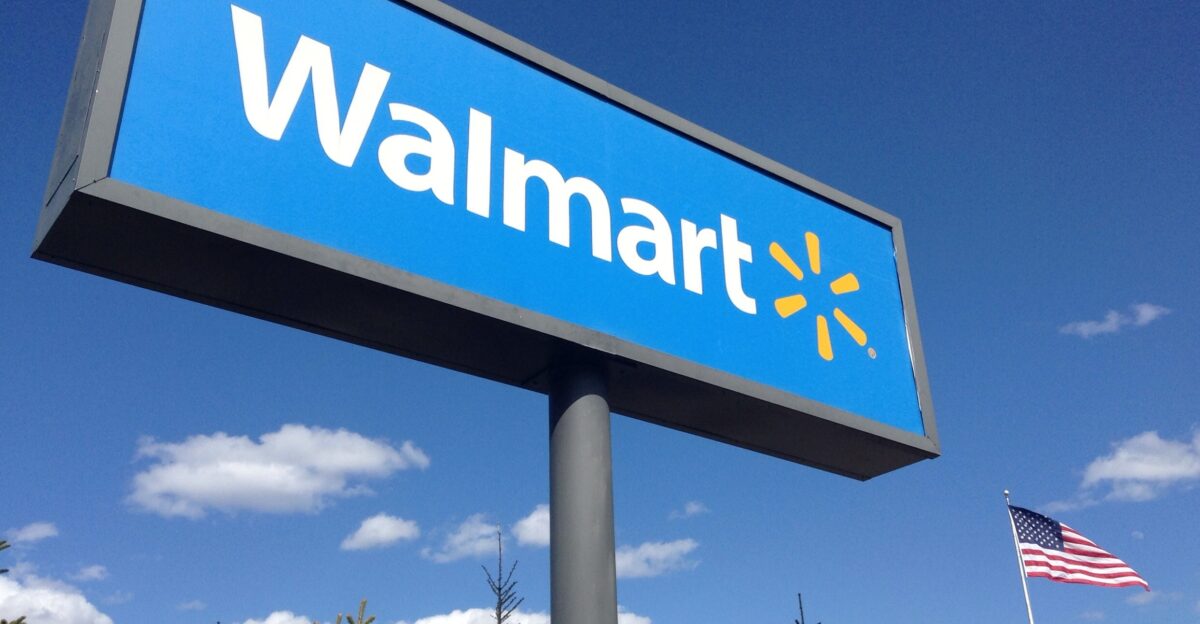
The ripple effects of Walmart’s sensor deployment extend beyond the company itself. As Walmart sets new standards in retail technology, other sectors are likely to follow suit, embracing IoT and AI-driven solutions. This shift may foster collaborations between tech companies and retailers while encouraging innovation across various industries.
Consequently, the movement toward real-time inventory management and operational efficiency could reshape entire supply chains, inspiring businesses globally to enhance their own technological capabilities and strategies.
Consumer Impact
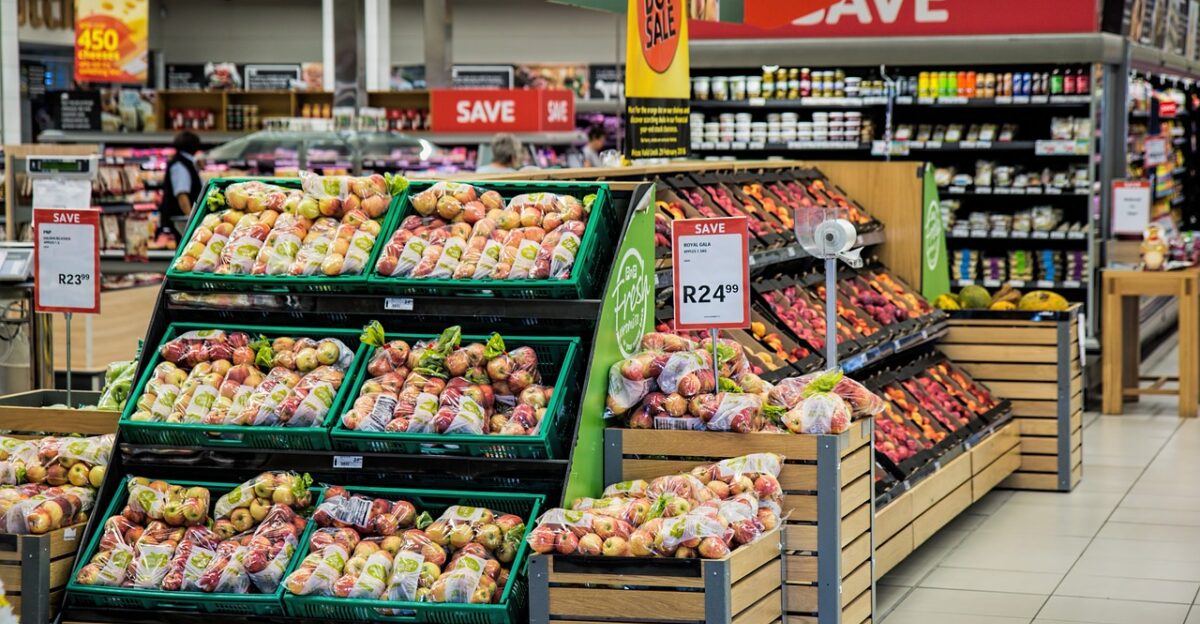
Ultimately, Walmart’s investment in sensor technology aims to enhance the shopping experience for consumers. Improved product availability and reduced wait times at checkouts could lead to a more satisfying customer journey. By addressing inventory management, Walmart not only meets consumer needs but also builds trust and loyalty.
As customers begin to experience these positive changes, the value of such innovations will become even more apparent, positioning Walmart as a leader in retail transformation an effort driven by both efficiency and a customer-centric approach.
Employment Development
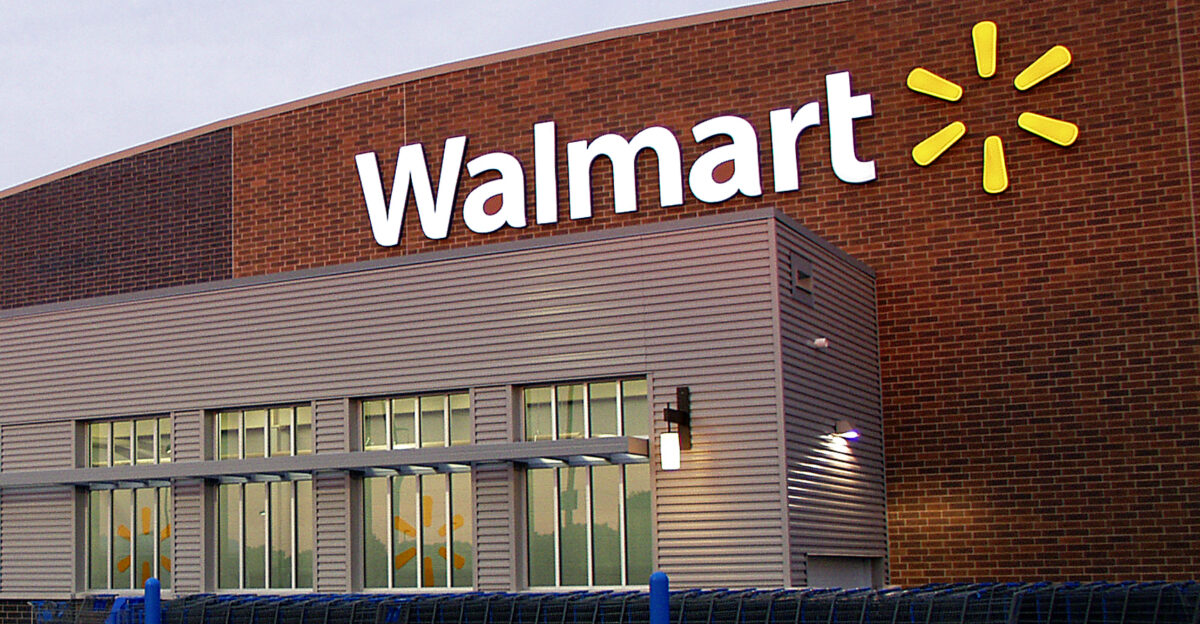
In conclusion, Walmart’s ambitious deployment of 90 million sensors heralds a new chapter in retail technology. With such a monumental investment, the company stands at the forefront of integrating IoT and AI solutions to transform supply chain management.
This initiative has the potential to significantly enhance operational efficiency and improve customer experiences. As competitors scramble to catch up, Walmart’s leadership could significantly shape the future of retail, demonstrating how technology can drive meaningful change in achieving business objectives and satisfying customer demands.